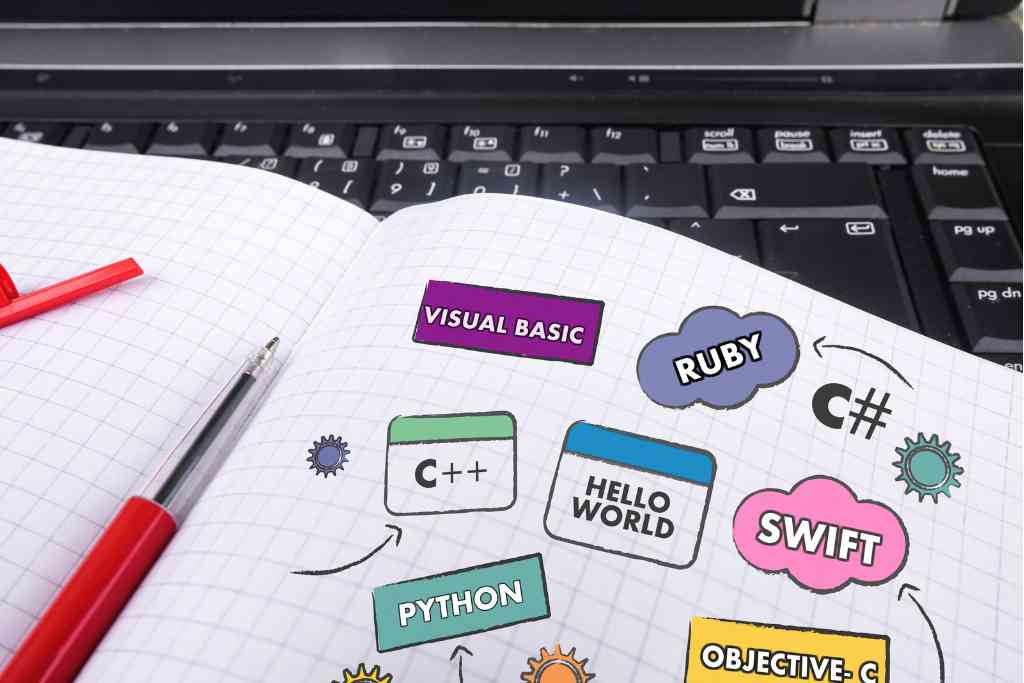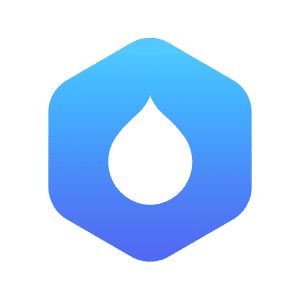Programming language allows you to give instructions to a computer in a way it can understand. It also gives you the ability to create and design software and applications.
There are different types of languages, but which one is the most suitable to carry out your project?
In this article we will talk about the programming language, which are the most used. We will also explain which one can be the most convenient for your technological development.
What is a programming language?
In the simplest way, programming is giving instructions to a computer to execute them. And the programming language is the tool used to write those instructions.
Programming language is used to design and create computer programs. It consists of a formal language that organizes algorithms and procedures that, when passed through a computer system, will manage its behavior and communication with the user.
Choosing the best programming language is essential for the successful development and implementation of the project, no matter what problem you are trying to solve.
A programming language represents a series of symbols that serve as a bridge that allows humans to translate thoughts into instructions that computers can understand.
Types of programming languages
Programming language can be divided into low, high and medium level. These are explained below:
Low-level programming language is closer to machine or binary code. Therefore, they are more difficult for humans to read. It is fast and offers precise control over how the computer will work.
High-level programming language is closer to how humans communicate. They use words (such as object, command, execute, class, request, etc.). It is easy to read, write and maintain. It is designed to develop easy-to-use software and websites. It requires a compiler or interpreter to translate the program into machine language.
Mid-level programming language is also known as intermediate programming language and pseudo-language. It supports the features of high-level programming, is easy to use and is closely related to machine and human language.
What are the 5 most widely used programming languages?
There are hundreds of programming languages that allow you to do everything from creating virtual reality experiences to designing video games and much more. The most popular programming languages include the following:
Python: is a versatile, general-purpose programming language. It can be used in a variety of fields, from data science and machine learning to web development. It is an excellent first language to learn.
Java: is a high-level, platform-independent, reliable, architecture-neutral programming language developed by Sun Microsystems in 1995. It is mainly used to develop banking, retail, IT, Android, Big Data, web and desktop applications.
JavaScript: is the most popular programming language for creating interactive pages. It is widely used in website and mobile application development. When combined with Node.js it allows the development of browser-based applications, which do not require users to download the application.
The type of application, security and scalability are some of the factors to consider when choosing the programming language for your project.
Ruby: is a highly portable general-purpose language. It is excellent for creating desktop applications, static websites, data processing services and even automation tools. It is used for web servers, DevOps and web crawling.
PHP: stands for Hypertext Processor and can be embedded in HTML text. With it, you can connect to servers and databases, communicate with external websites and customize content based on IP address or data and time information. It is used to make web pages more dynamic.
How do I know which programming language to use for my development?
To choose the right programming language for your project, you should consider different factors. Below we explain them to you.
Type of application
The type of application you are developing greatly influences the language to choose. Whether it is web, mobile and embedded firmware applications, among others.
Complexity of the application
Small projects, such as simple web applications, can be done with some CMS systems such as WordPress or Umbraco, which require knowledge of PHP or C#. Medium projects such as e-commerce, have different layers, components and integrations where a more general programming language such as Java or C# is ideal.
Company culture
All programming languages have advantages and disadvantages. One company may prefer a programming language that is easy to learn, while another may need a language that is more scalable.
Time to market
Unless there is a compelling reason to introduce a new technology, it is always advisable to leverage existing skills to bring new ideas to life faster. New languages and technologies are best explored for projects with longer timelines.
Maintainability
Regardless of the technology and language you choose, you get an ecosystem of libraries and vendor support. You need to pay attention to the maintainability of the application and this is the reason why you should always look for the latest language version.
Scalability and performance
The performance of your application depends largely on the choice of programming language. It matters a lot when the development environment does not offer some room to scale. To get performance out of your application you must choose the right programming language.
Security
Every application has different types of security requirements. It will be strengthened if you are aware of this aspect.
Conclusion
A programming language is a computer medium used by programmers to communicate with computers. It is a set of instructions written in any specific language (Javascript, Ruby, PHP, Java, Python) to perform a specific task.
But to carry out the realization of your project you must take into account certain factors to choose the right one. Your success will depend on it, both in its development and execution.
In Digital Drop we create technological solutions for your business. We have a team of experts that can materialize the technological development you need. Tell us what you have in mind and we will make it come true.


